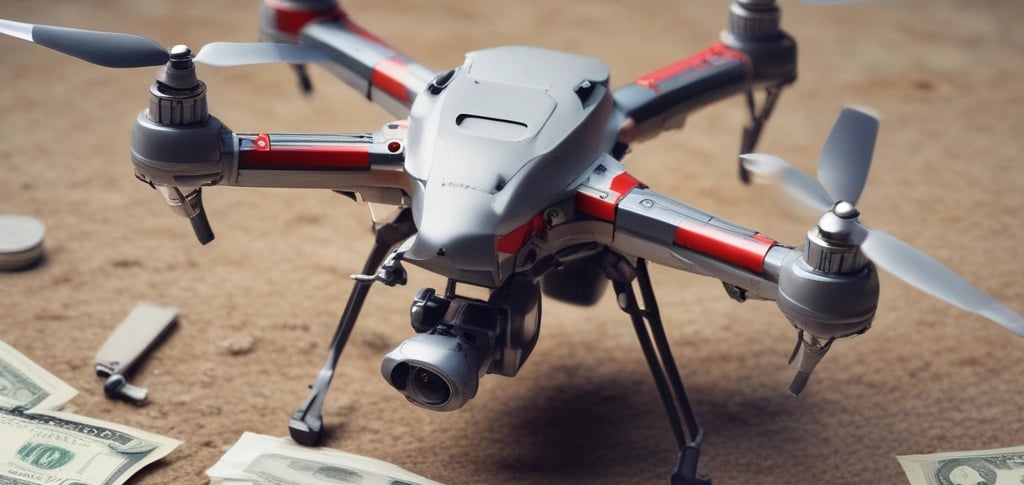Adaptive Control Strategies: Key to minimising Drone Crashes (as a result of control failure) saving your huge Investments
10/3/20252 min read


Adaptation is one of the most fascinating and fundamental characteristics of living beings. It is what enables humans to thrive in the most extreme environments like from the frozen landscapes of Greenland, Russia, and Canada, to the scorching deserts of Saudi Arabia and Australia. This adaptability to adjust and endure is at the core of survival and sustenance.
It is no different for machines and more so for flying ones when it comes to performance & protection.
--------------------------------------------------------------------------------------------------------------------------------------------------------------------------------
Without suitable Adaptive Control Strategies, a safe flight from New York to Singapore, taking over 18 hrs in a varying flight & environmental conditions could not have been reality.
--------------------------------------------------------------------------------------------------------------------------------------------------------------------------------
Well, Drones, one of the most transformative aerial technologies, have significantly influenced modern human life — from logistics and agriculture to defence and disaster response. However, their effective & safe operation in diverse and dynamic environments presents a critical challenge: how to maintain stability, performance, and reliability in rapidly changing external conditions such as a wind gust or high-altitude flight or even system uncertainties.
This is where Adaptive Control Strategies (ACS) become very critical compared to the general practice of fixed gain PID control within our UAV community with a critical dependency on COTS autopilot solutions.
By enabling drones to autonomously adjust their control laws/gains in real time, implementing ACS makes them more resilient, self-reliant, and capable of operating in uncertain or evolving conditions — without constant human intervention or pre-programmed responses.
Essentially, incorporating ACS is not just a technical upgrade — it is a strategic move to enhance system robustness, reduce mission failure, and ultimately protect both the drones and the huge investments behind them thereby saving the investors from ‘catastrophic heart attacks!!’(kidding!!). (could be true, though. it depends on investors ability to take challenges anyway.)
Model Reference Adaptive Control (MRAC) is one of the ACS that takes care of flying an unmanned vehicle like drone ensuring the control robustness under varying flight conditions minimising the probability control failure typical of a fixed gain control strategy.
What is MRAC? ...
I know, you suddenly jumped out of this page and started AI assistance or ChatGPT. There is no point in dumping the same here right! Well, the purpose of this post is to talk something on MRAC that you don’t find on net!
Summarising,
· Having MRAC or similar ACS is key to having robust aerial vehicles minimising catastrophic control failures, saving huge Investments.
· As a UAV manufacturer /investor, it is essential that one must ensure that the team has the mastery on ACS and its implementation.
· Having mastery of using COTS autopilot solutions is necessary but not sufficient.
· Total control on the implementation and upgradation of autopilot solutions is the need of the hour for developing robust aerial platforms.
Don’t worry if you need support. You are not alone! URDL is there to offload your R&D efforts so that you can focus on what customer needs. Mail to director@urdl.in
